Found in Translation

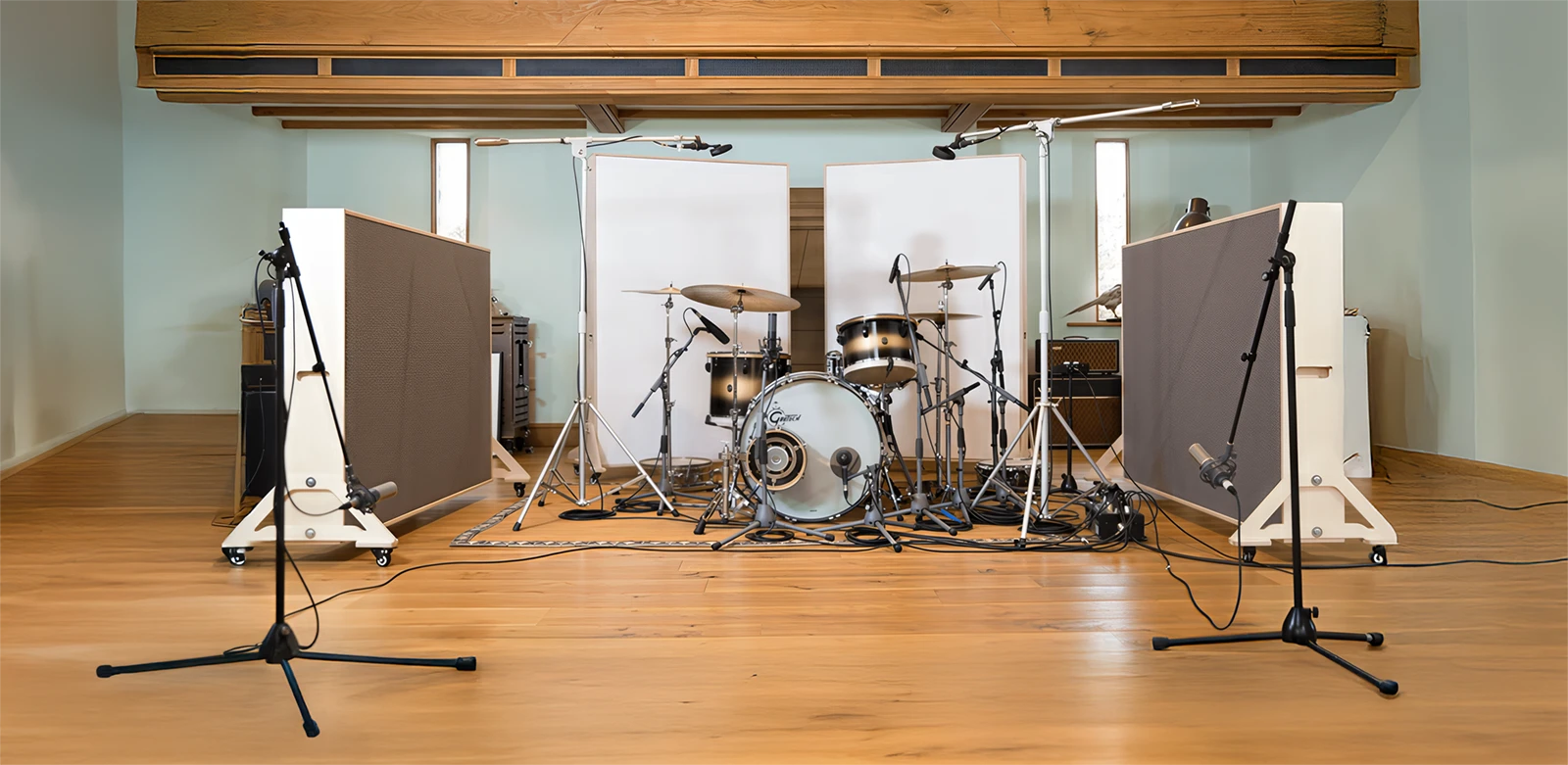
The PRISM workflow begins with raw audio files from a recorded performance. PRISM is designed to handle any type of audio file (e.g. monophonic mixes or individual tracks) at any audio quality. (In practice, results vary.) The Engine runs as either a stand-alone application, or from inside standard DAW plugin as an offline process.

Deconstructs audio streams into a database of PRISM Audio Atomic Data. These PRISM contain low-level components. Each set represents the data as a different type of building block.

AAD (Audio Atomic Data) is assembled into different types of pre-existing Prototypes. Each Prototype contains algorithms to create mathematical models specific to a performance. The models represent static data, and are tagged by higher-level metadata. Common examples include instruments, articulations, and notes.

Once the models are complete, PRISM analyses them to build semantic representations of the performance. This process is informed by grammatical and semantic (e.g. Schenkerian) analysis, and builds hierarchical structures. This data can then be flattened to create temporal events lists such as MIDI files.
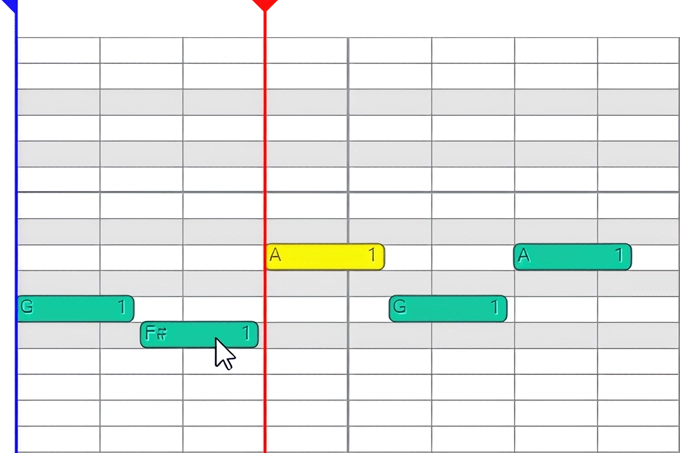
The PRISM Synthesiser renders PRISM models in real-time, as a standard MIDI virtual instrument. It can recreate the original performance, with the original sounds and ambience. It also supports continuous modification of many types of sonic, musical and physical parameters.

The output of the PRISM's virtual instrument may then be rendered to standard audio files within a DAW. They can contain PRISM-specific RIFF metadata, read by the PRISM Effect Processor (i.e., VST, AU, AU) for enhanced DSP.
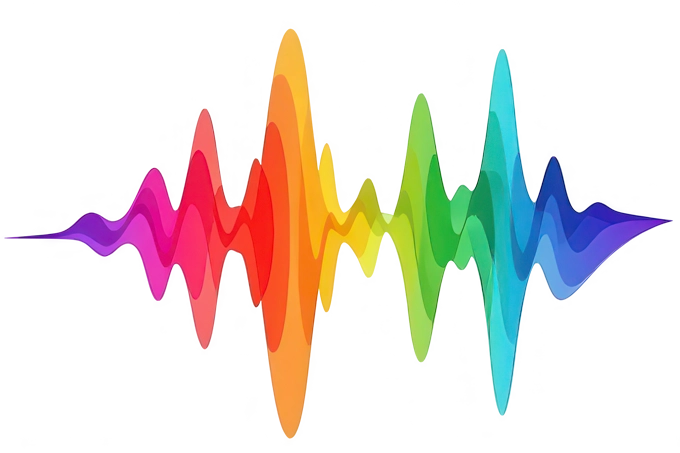
Best in Flow

Anechoic Chamber

New Space

3D Placement

Remote Ambience

Native Mic Ambience

Finaliser

Graydoniser

Recreator

Remapper

Note Mixer
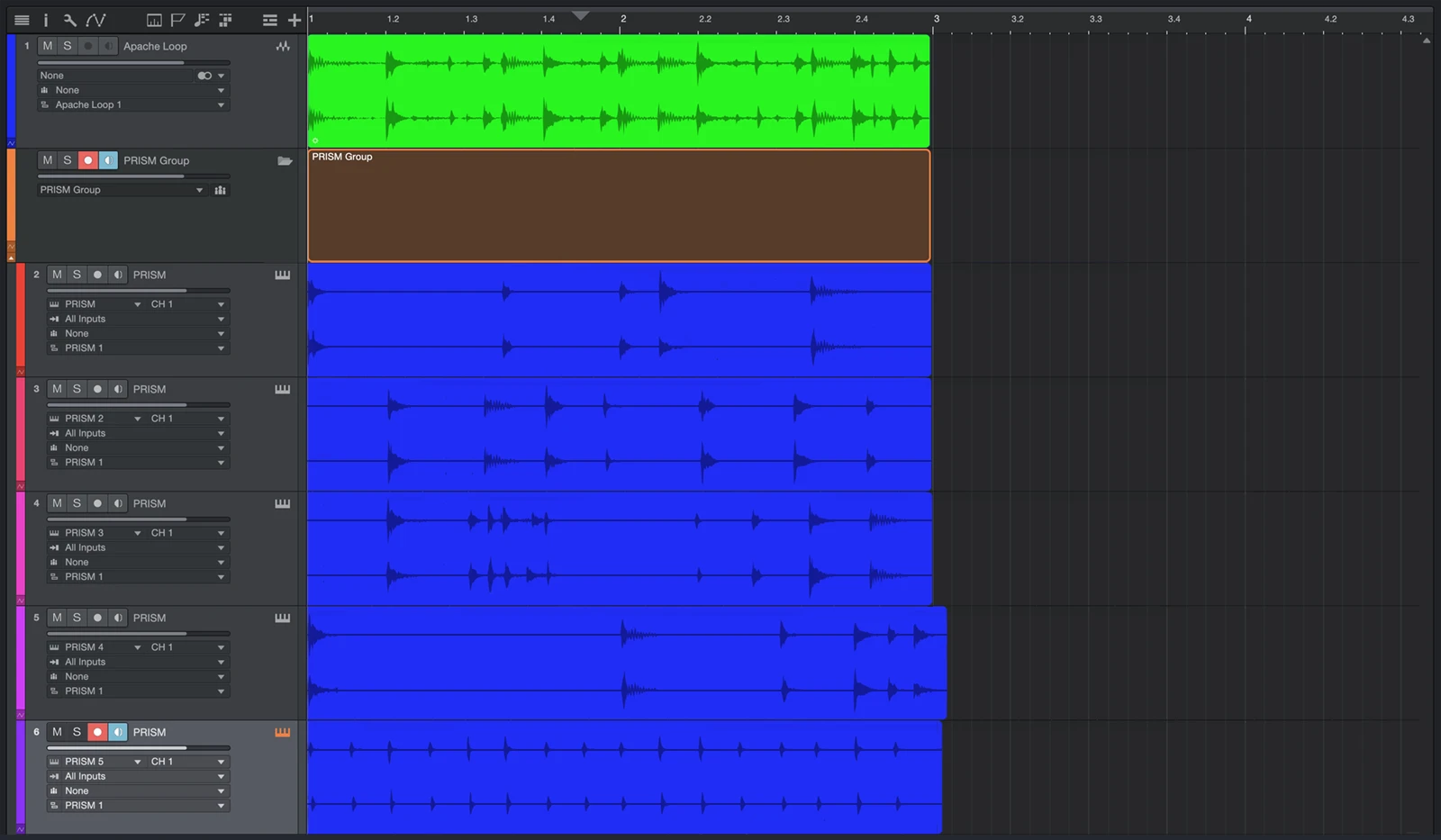
Step 5:
Rendering the MIDI to Audio
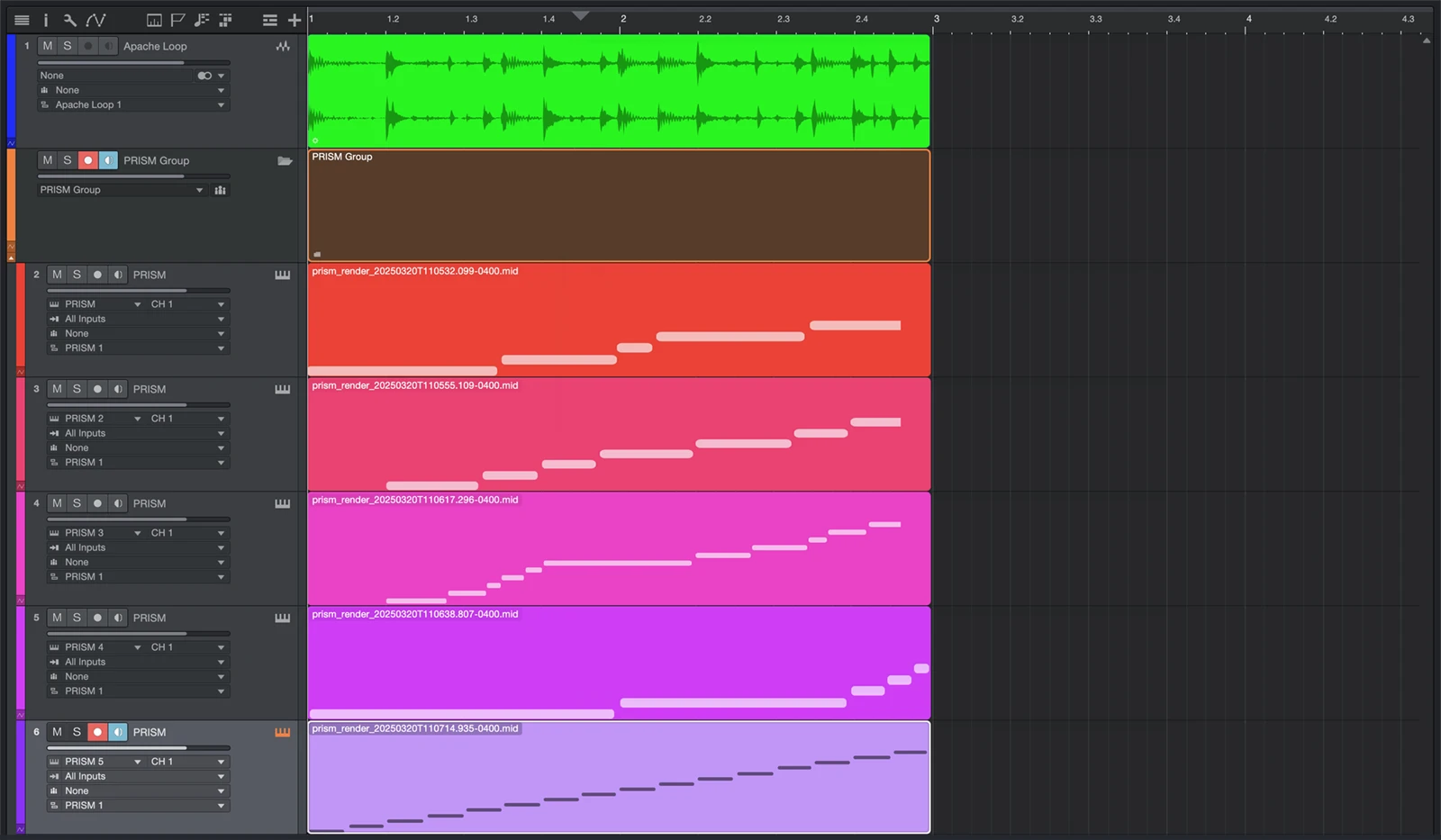
Step 4:
Populating New DAW Tracks
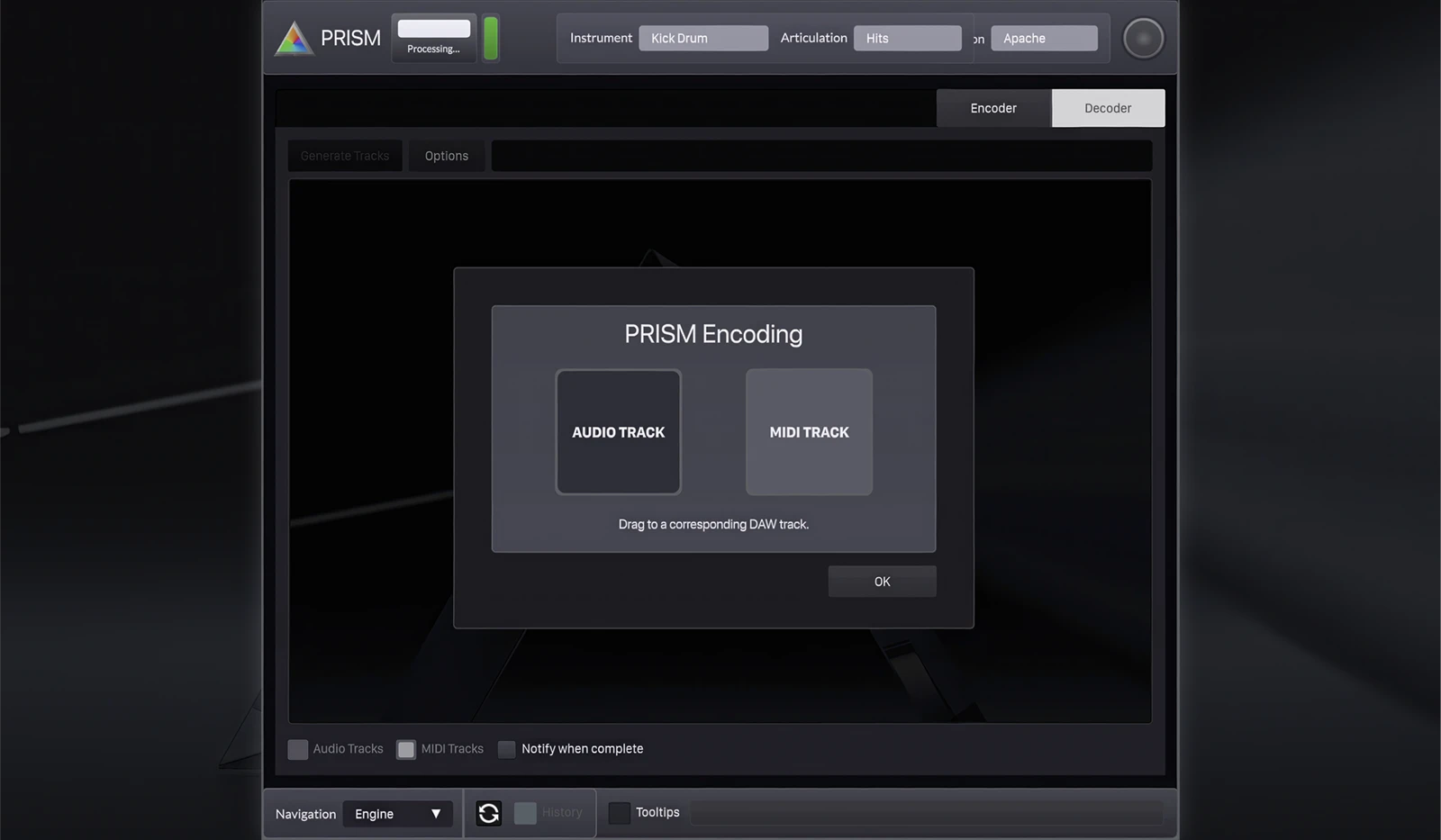
Step 3:
Decoding Data from the Session Database
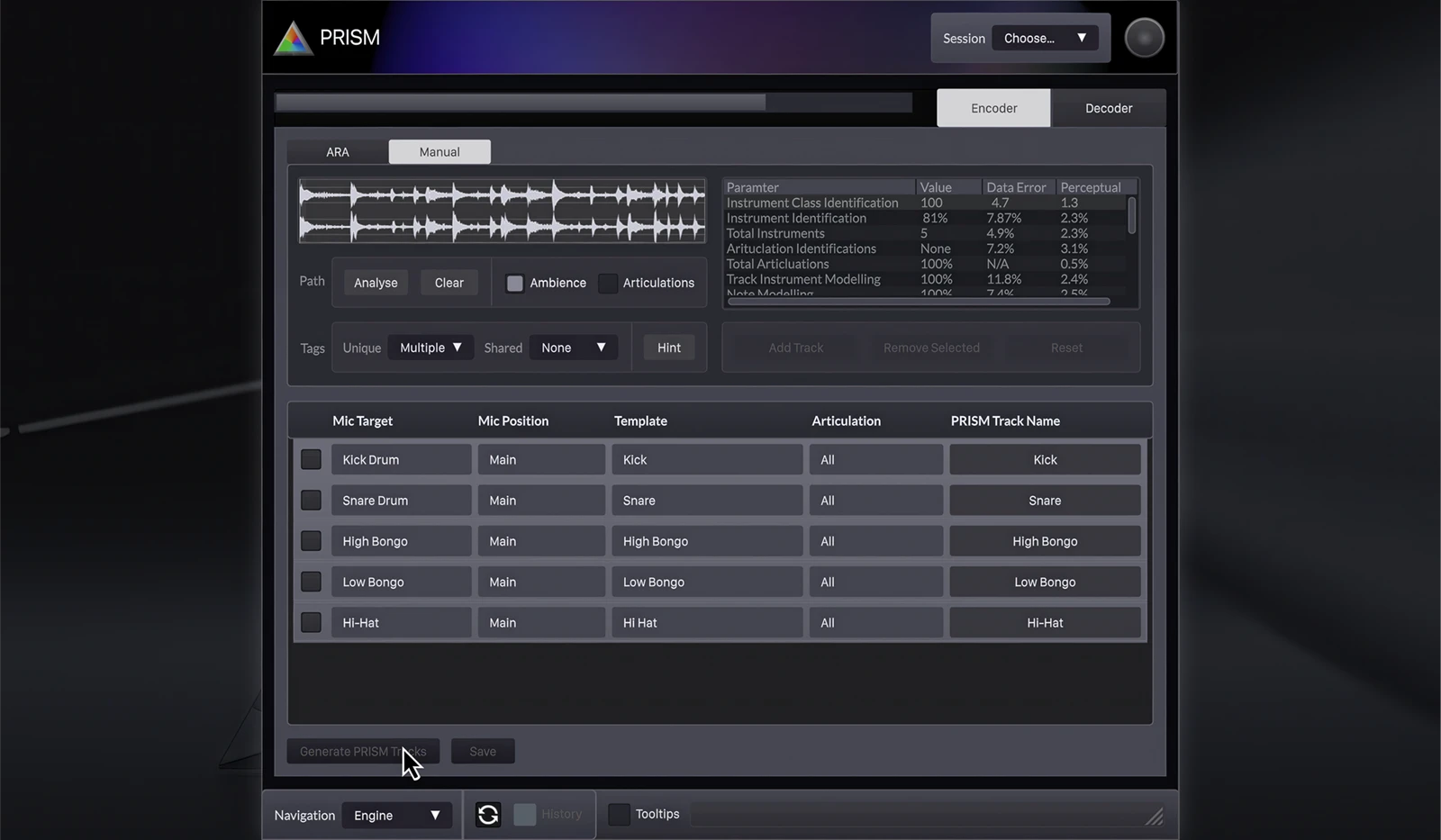
Step 2:
Audio File Encoding
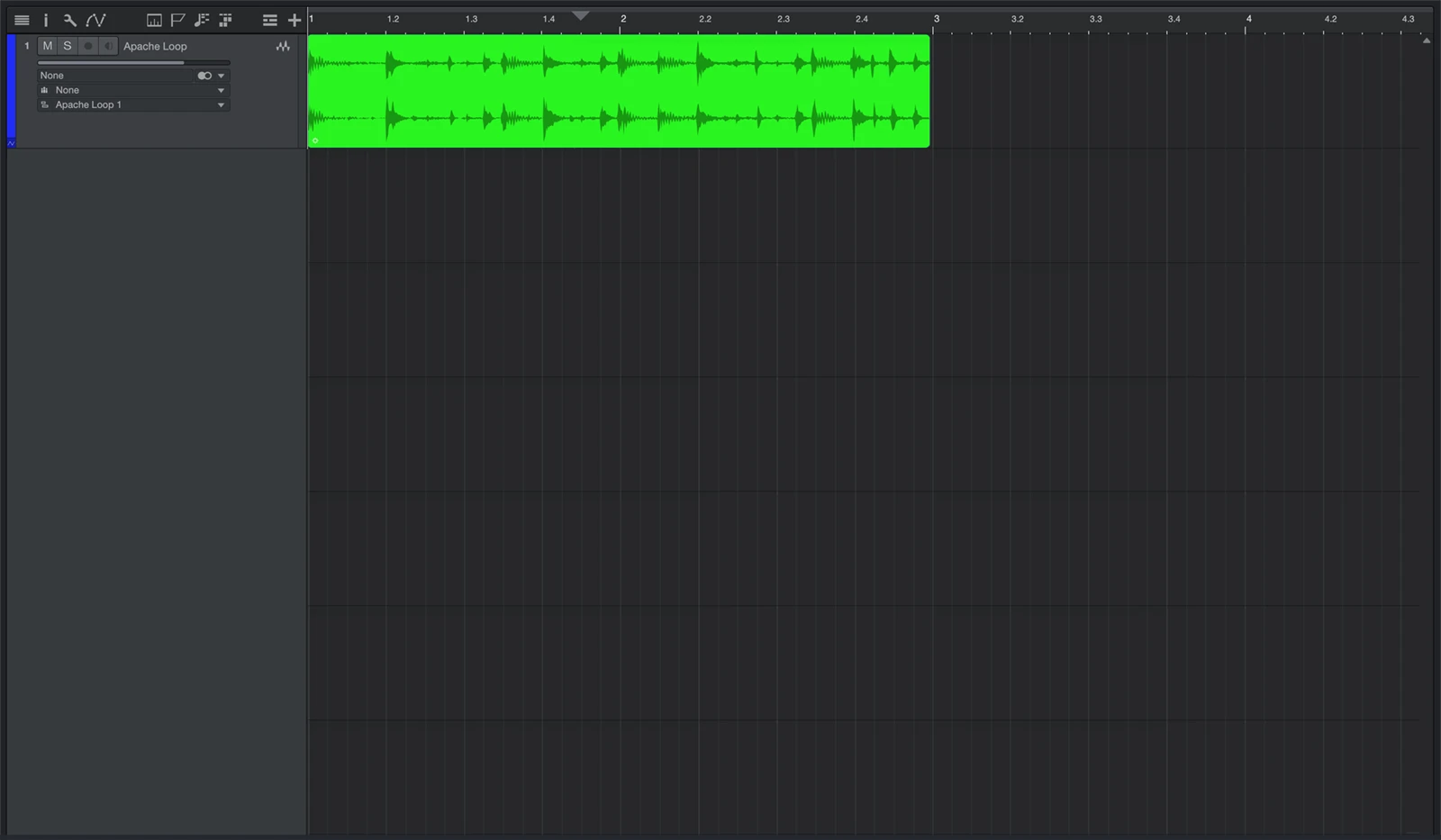
Step 1:
Original Audio File(s) Selection
PRISM’s workflow is enabled by a suite of VST instrument and Effect plugins, combined with its Archetype Audio format. Together, they bring PRISM’s advanced capabilities to traditional DAWs. All host audio and MIDI operations are automatically supported.